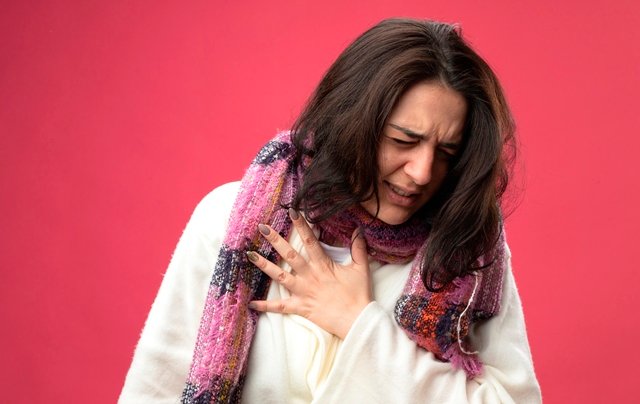As we know, heart attacks are still an unpredictable condition. Not only in Indonesia, even according to 2020 data in the Journal of the American College of Cardiology, cardiovascular disease remains the leading cause of death for women in the United States and around the world. Paula Montana De La Cadena, MD, a cardiologist at the Miami Cardiac & Vascular Institute, said one in three women dies from cardiovascular disease, and 45 percent of women over the age of 20 have some form of cardiovascular disease.
And in fact, women’s symptoms can be different than men’s. “It’s not that ‘atypical symptoms’ in women are wrong, it’s just that they’re potentially understudied,” says Dr. De La Cadena.
But are heart attack symptoms the same for men and women? “Women’s symptoms may not be as dramatic as the chest pain and shortness of breath that send most men to the hospital,” says Jayne Morgan, MD, a cardiologist at Piedmont Hospital in Atlanta, GA.
Summarizing the Healthy page, experts and female heart attack survivors will explain what the symptoms are and what they feel. Here are the symptoms that may arise in women.
Hard to breathe
The first symptom of a heart condition is the need to prop yourself up in bed to breathe better. This usually feels like shortness of breath because when the arteries are blocked, there is not enough oxygen being delivered to the body.
If the heart has been damaged or a heart attack has occurred, the heart may not be able to push the blood forward and this can cause fluid to back up into the lungs.
Upper back pain
Her back problems are one of the really painful symptoms. The pain is felt like it is behind the heart. There are even women who describe it as a sharp pain between the shoulder blades, which gets worse when a heart attack occurs.
Tightness in the chest
Women don’t always describe it as “chest pain.” They may call it “chest tightness” or “chest pressure.” Yes, women may not associate their symptoms with a heart attack because they experience other symptoms that are not related to the chest, such as fatigue or muscle pain.
High blood pressure
During pregnancy, many women develop preeclampsia, eclampsia, hypertension, or even gestational diabetes, and Dr Morgan says this is the equivalent of failing a stress test.
“After a healthy baby is safely delivered, these women should be referred to a cardiologist for follow-up because their risk of heart disease is now twice as high as women who do not have these complications,” Dr Morgan says.
It is important to emphasize that there are cardiovascular risk factors unique to women that most female patients are unaware of. These include hypertensive disorders such as preeclampsia, as well as gestational diabetes, premature birth, miscarriage, early menopause, and polycystic ovary syndrome.
Pain in the arms, neck, or jaw
With the name ‘heart attack’, most of us certainly assume that the pain is only around the heart area. However, it turns out that pain in other areas, such as both arms, jaw, and neck, are some of the common symptoms of a heart attack in women. The pain can be gradual and irregular, or it can also come suddenly and intensely.
Nausea, vomiting, or stomach pain
Symptoms that women should also be aware of for heart attacks include nausea, vomiting, or stomach pain. These feelings are sometimes mistaken for digestive problems, not heart problems.
Very tired
It’s normal to feel tired during activities. However, feeling extremely tired even though you haven’t done any strenuous physical activity is usually a sign of a heart attack in women. The fatigue that occurs can sometimes be so extreme that simple activities like walking to the bathroom can become a struggle.
The earlier you start regular health checks, the earlier your risk factors for heart disease can be identified and treated. Know your risk early.
Incorporate heart-healthy habits into your lifestyle. If you have symptoms, recognize them early and make an appointment with a cardiologist as soon as possible to get the necessary evaluation and treatment.

